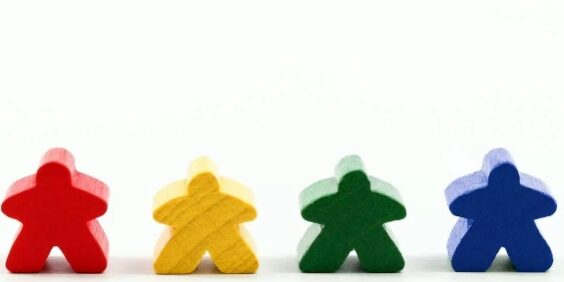Wooden components play an important role in board game design. Their natural texture and durability add unique charm to the gaming experience. The following is a detailed introduction to the most common game piece wooden components.
1. Common types and uses Wooden board
As the core carrier of the game. Wooden boards present elements such as maps and chessboards through engraving, laser cutting and other processes. Common in strategy games (such as “Settlers of Catan”. Its heavy texture enhances immersion.
2. Tokens
Carved wooden tokens (such as soldiers and animals) are used to mark locations or resources. They are both beautiful and tactile, suitable for long-term play.
3. Storage boxes and accessories
Wooden storage boxes are used to store parts, while functional accessories (such as dice towers and score counters) achieve a balance between practicality and decoration through wooden structures.
Advantages of wooden components
(1) Design advantages Durability
Natural wood is resistant to pressure and wear, extending the life of the game. Especially suitable for home or high-frequency use scenarios.
(2) Visual and tactile experience
The wood grain texture and warm touch enhance the player’s sense of immersion. Suitable for theme style matching. Such as medieval and nature-themed games.
(3) Environmental protection and sustainability
The use of sustainable wood or recycled materials is in line with the environmental protection trend of modern board games.
Innovative application cases Modular design
Some board games use detachable wooden components. For example, the hexagonal plots in “Puzzle Wars”. Allow players to customize the map layout to increase the replay value. Mechanical linkage structure, combined with wooden gears, levers and other mechanical components. For example, the automatic production line model in “Steam Factory” achieves physical interaction effects.













